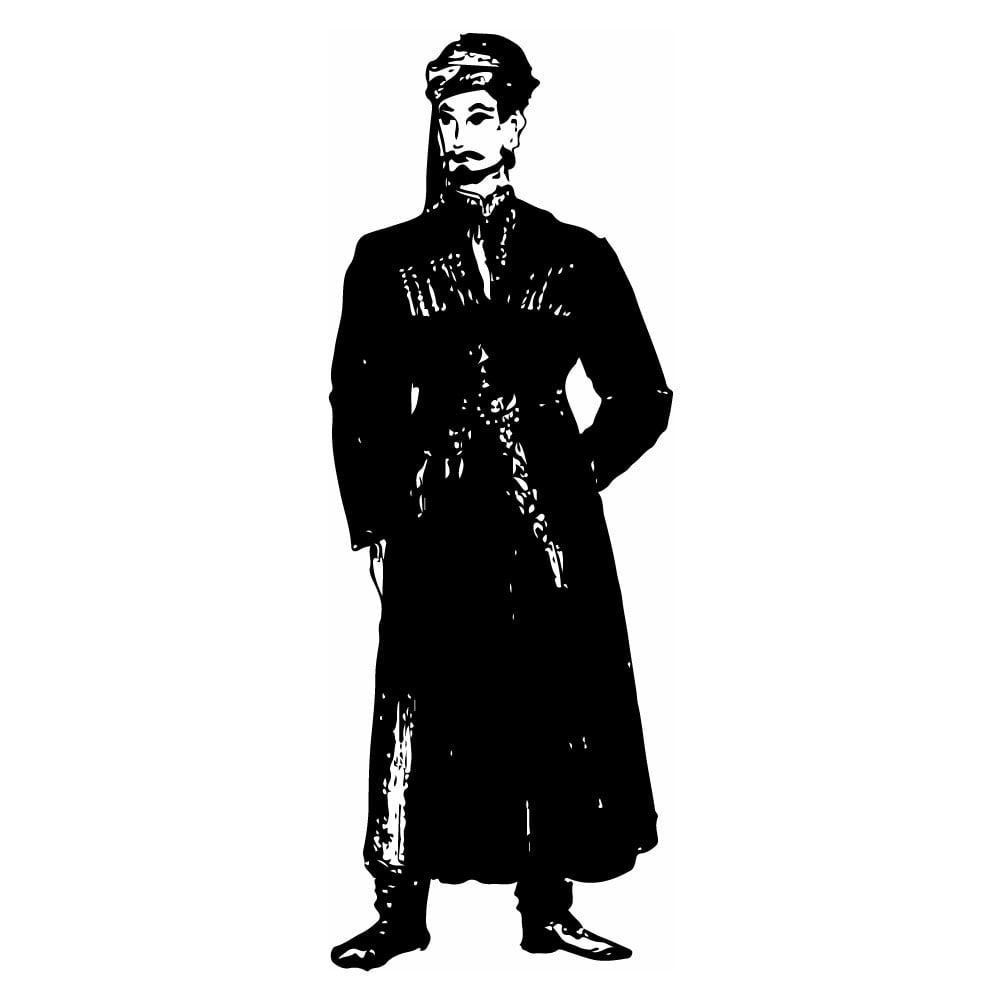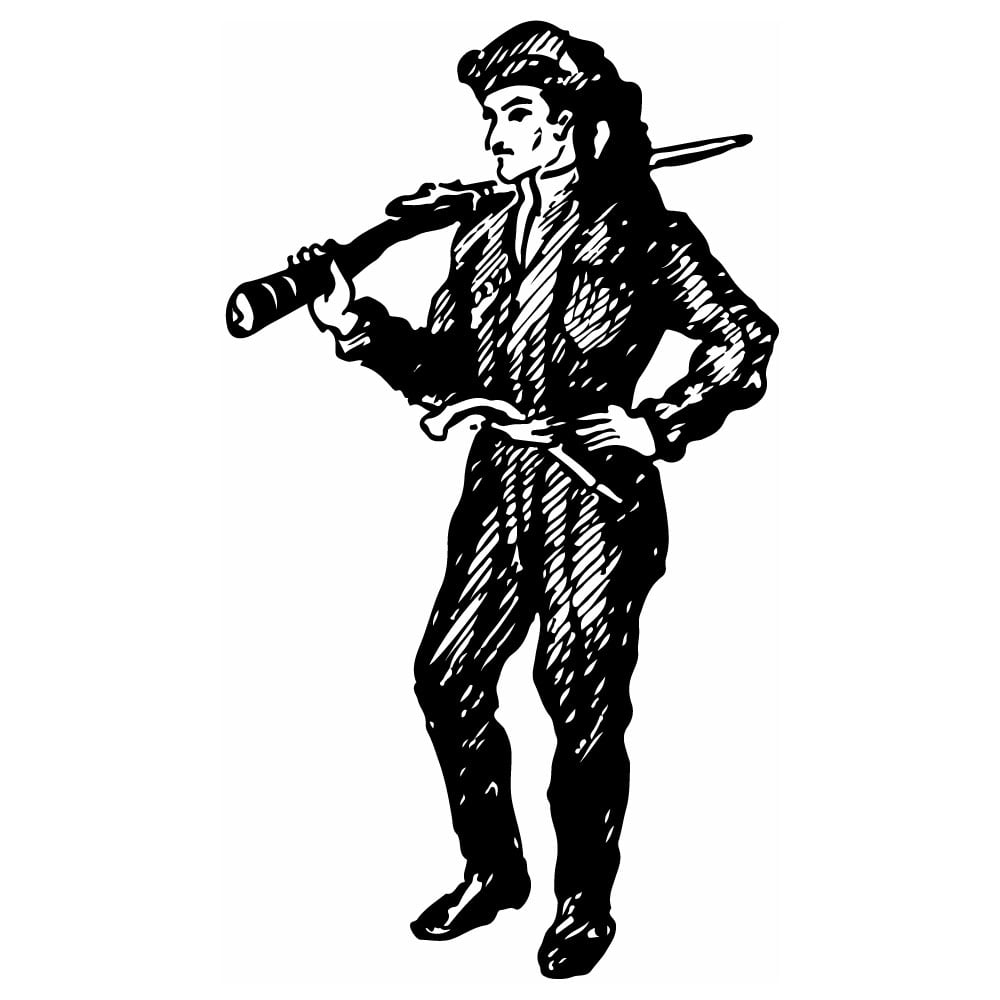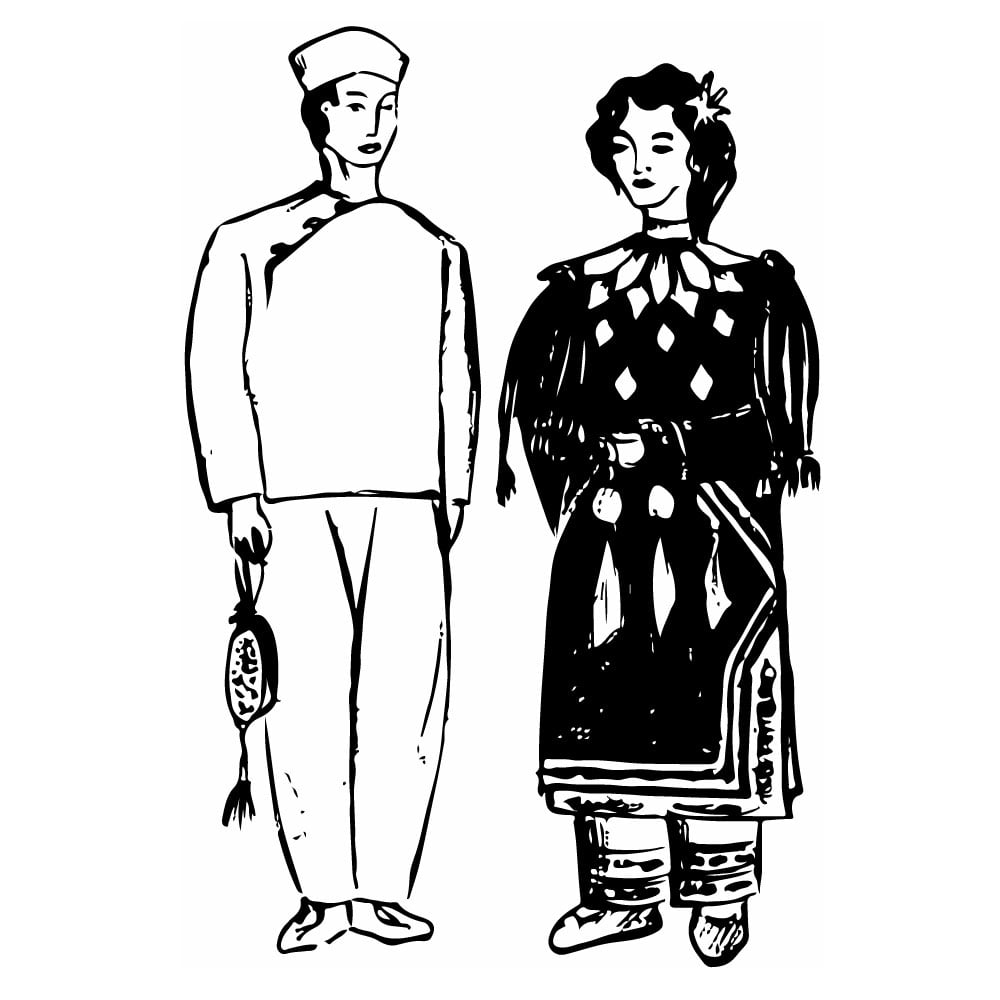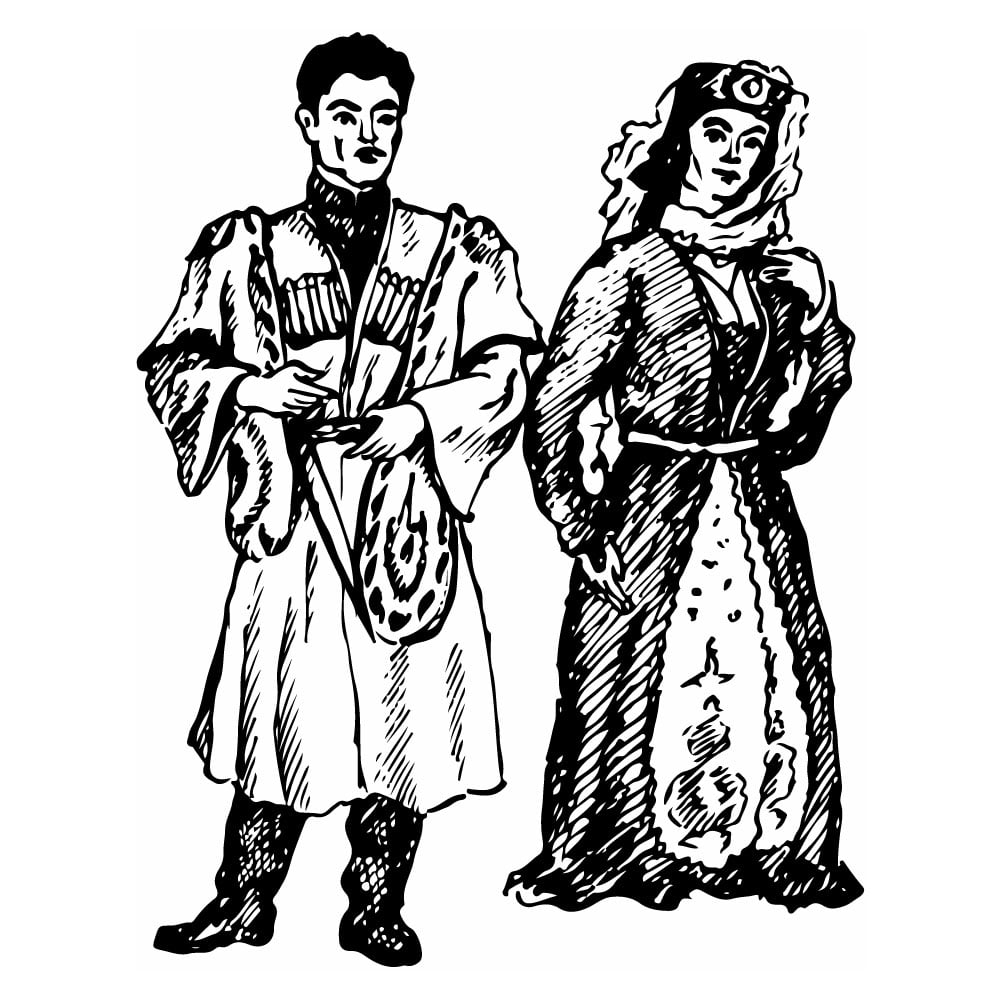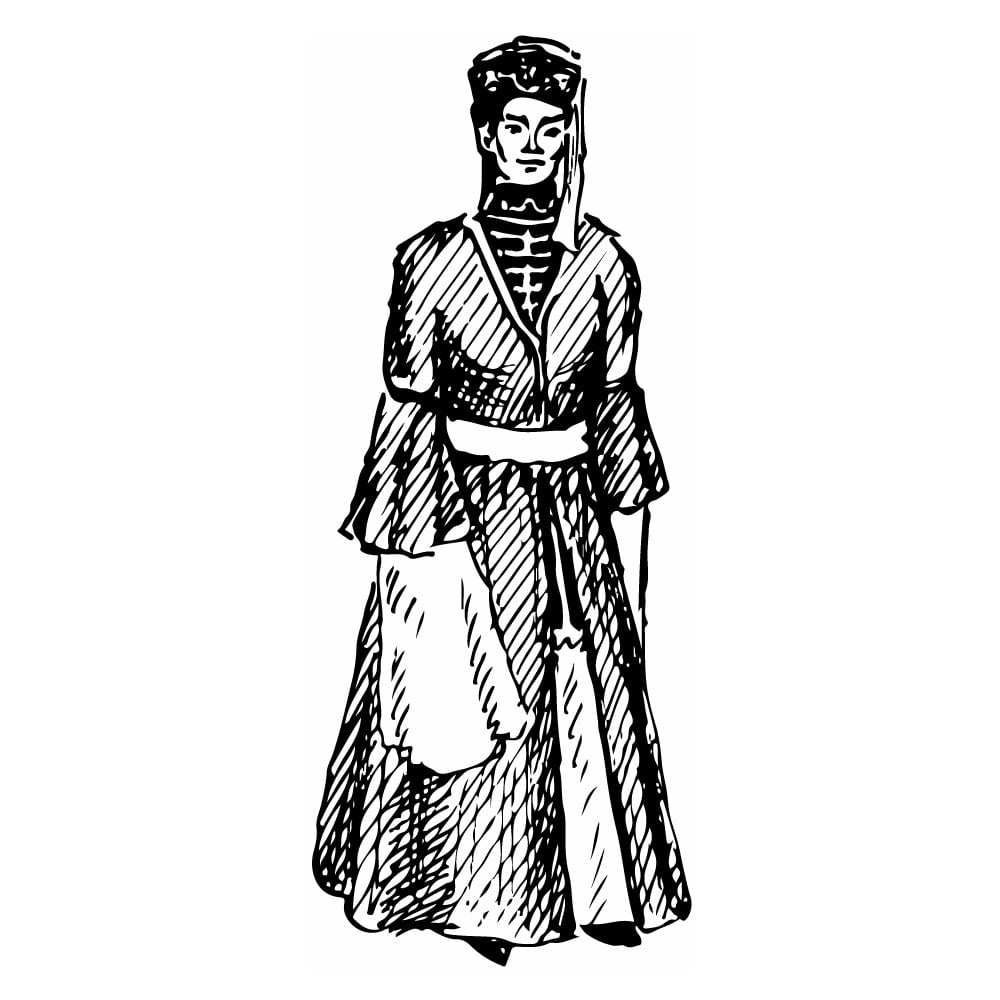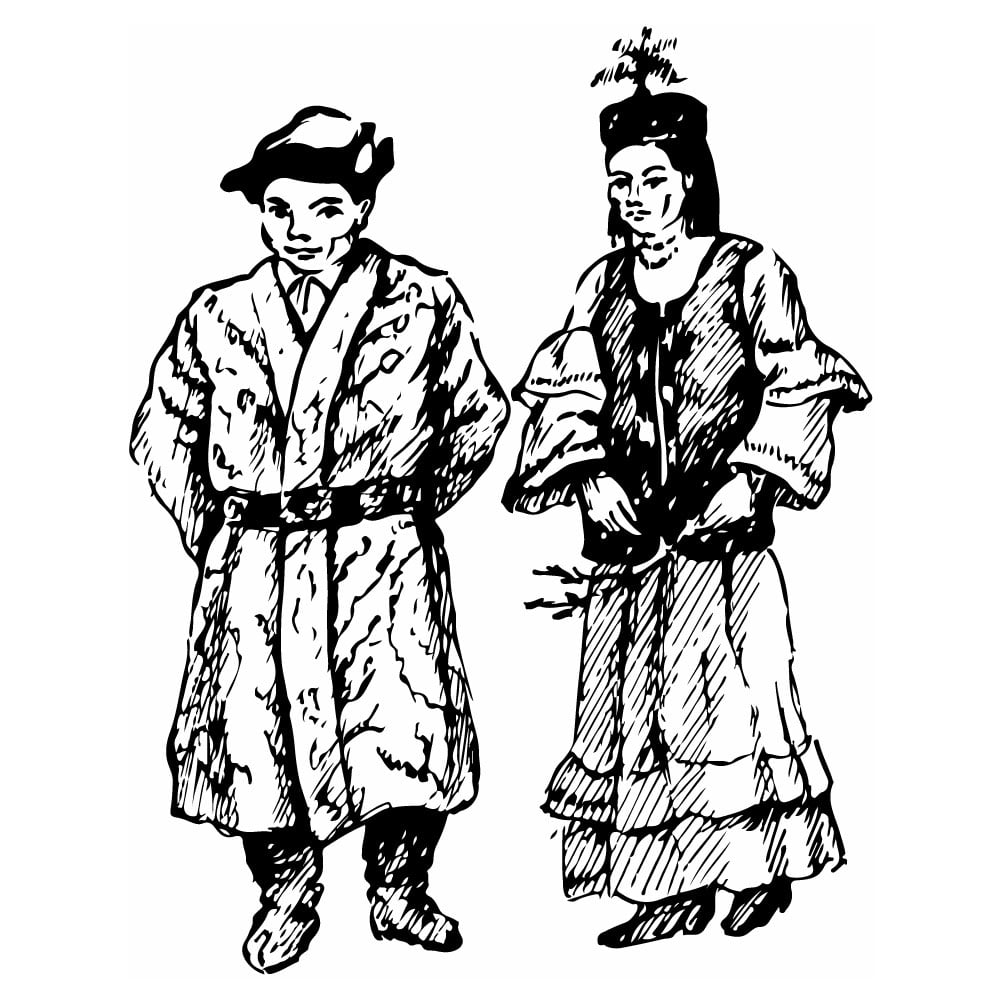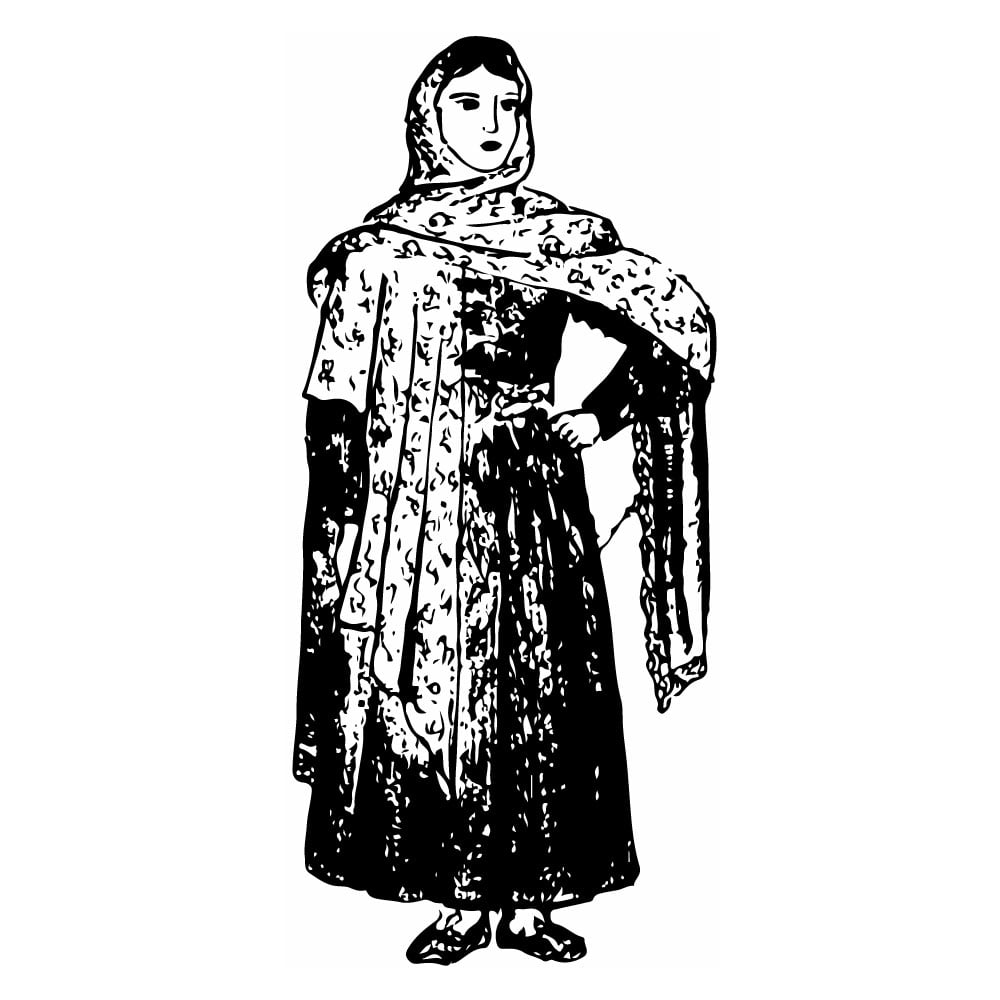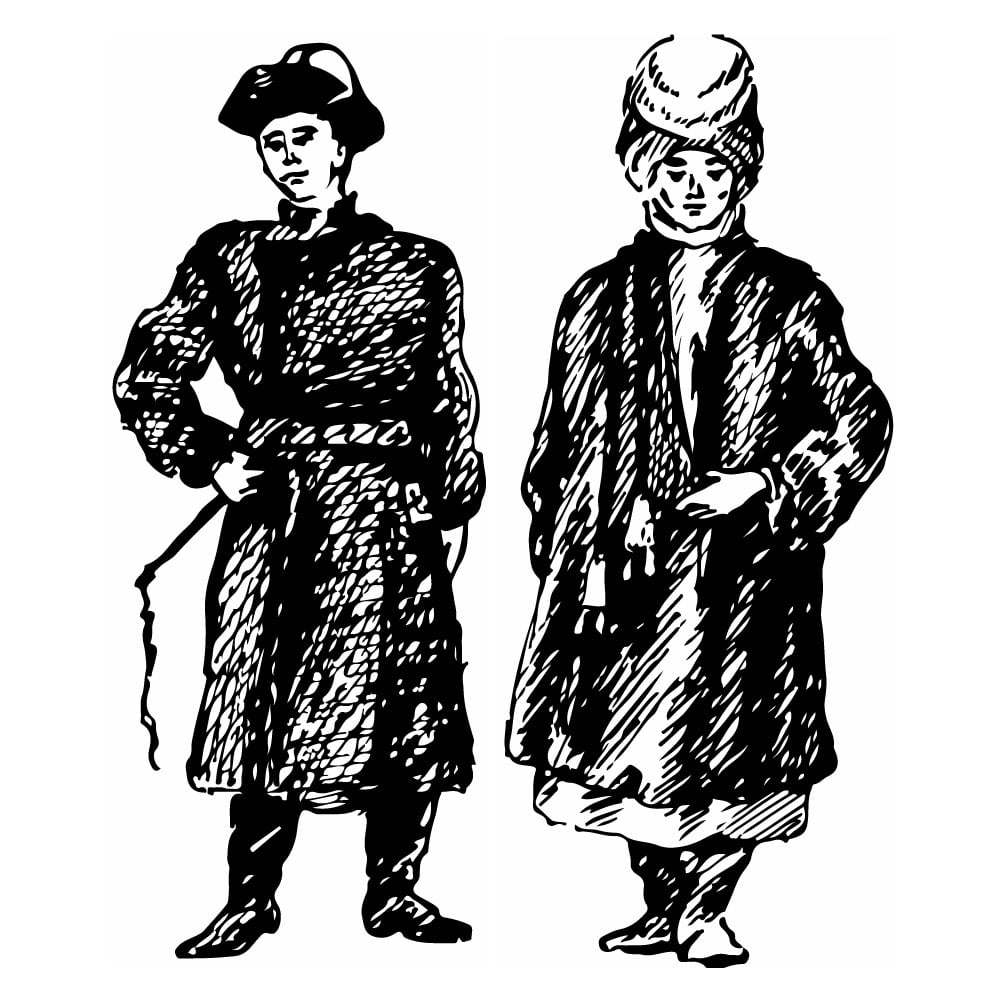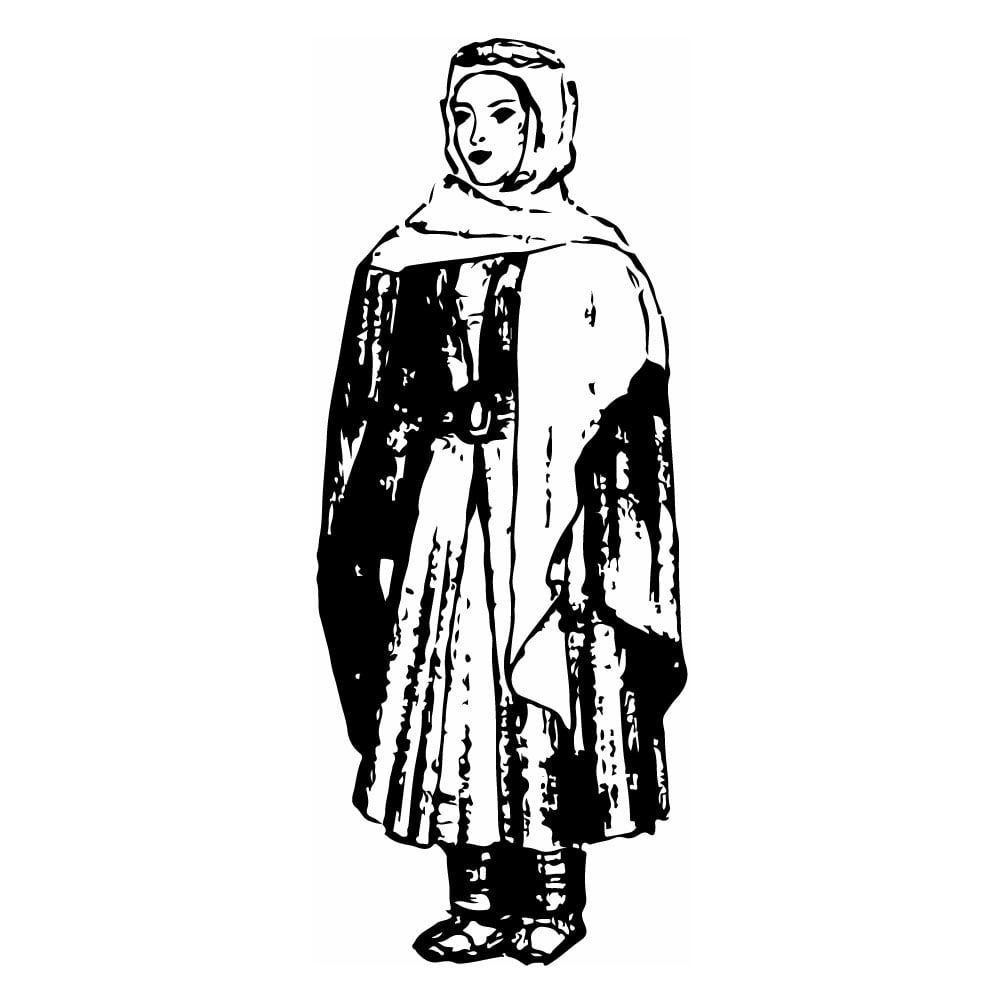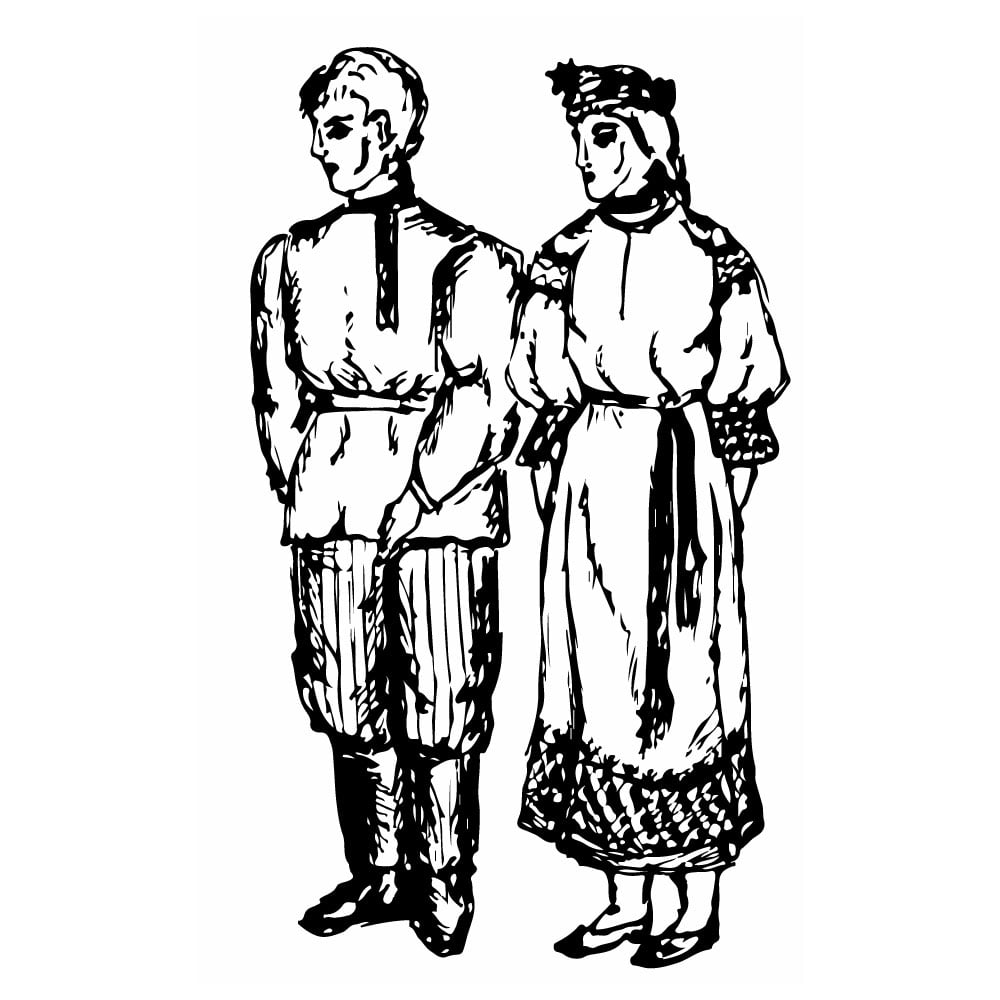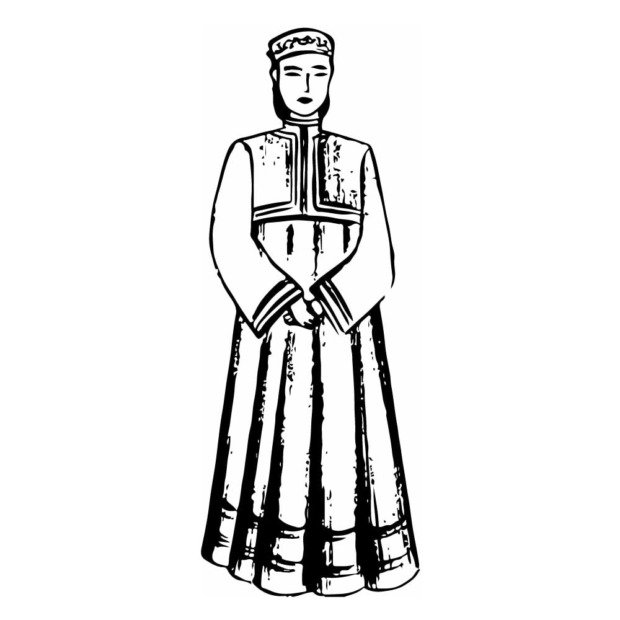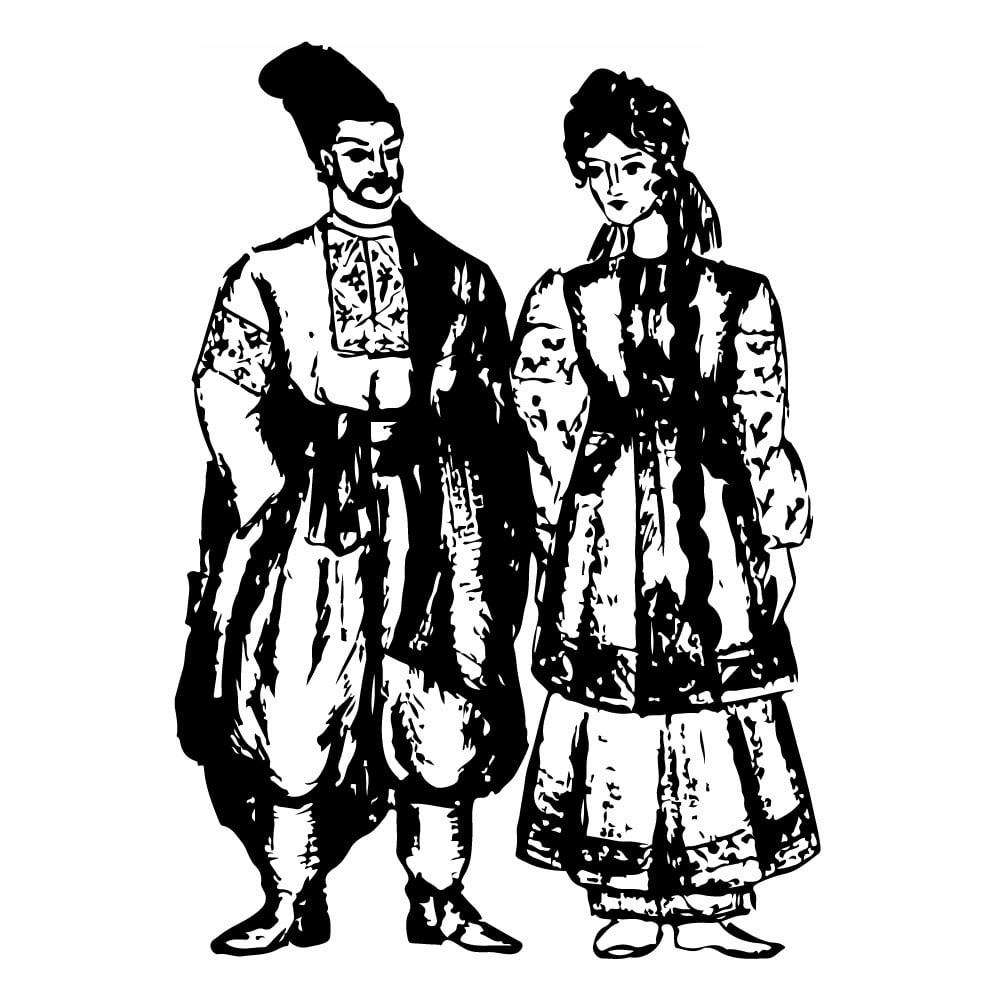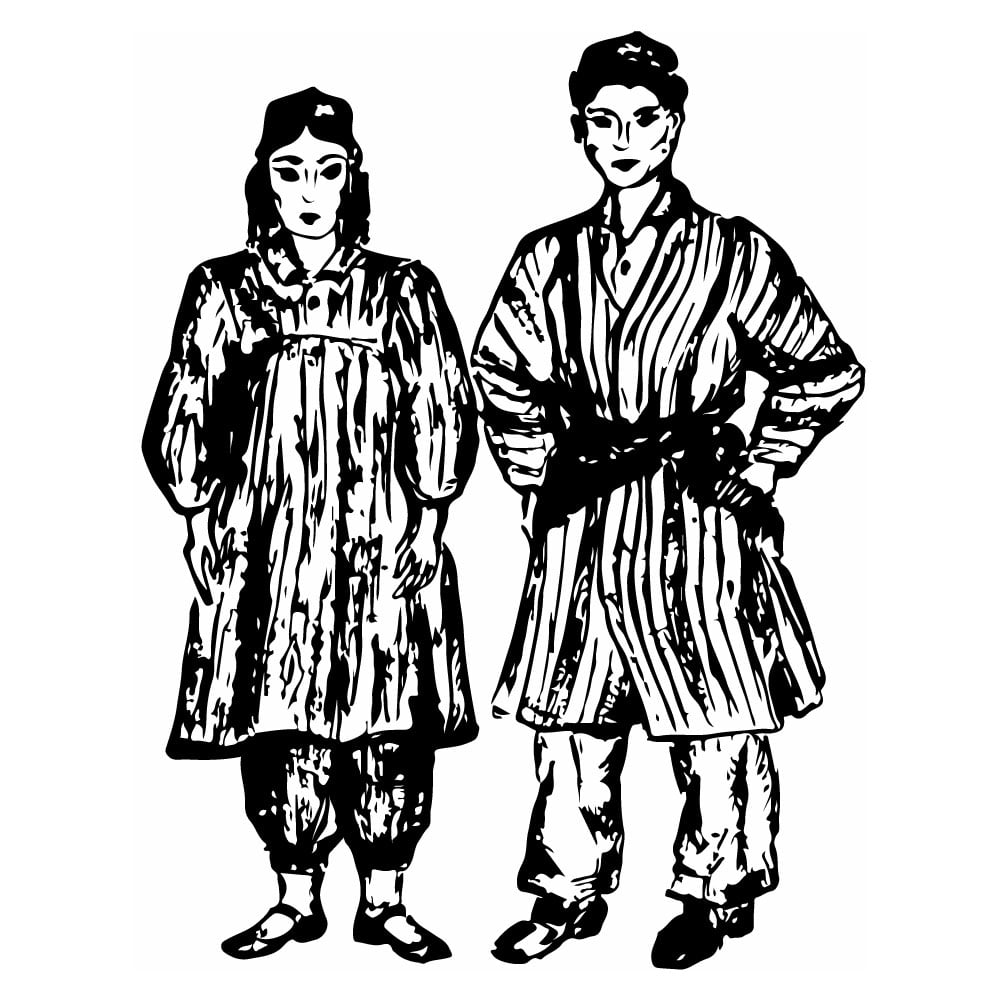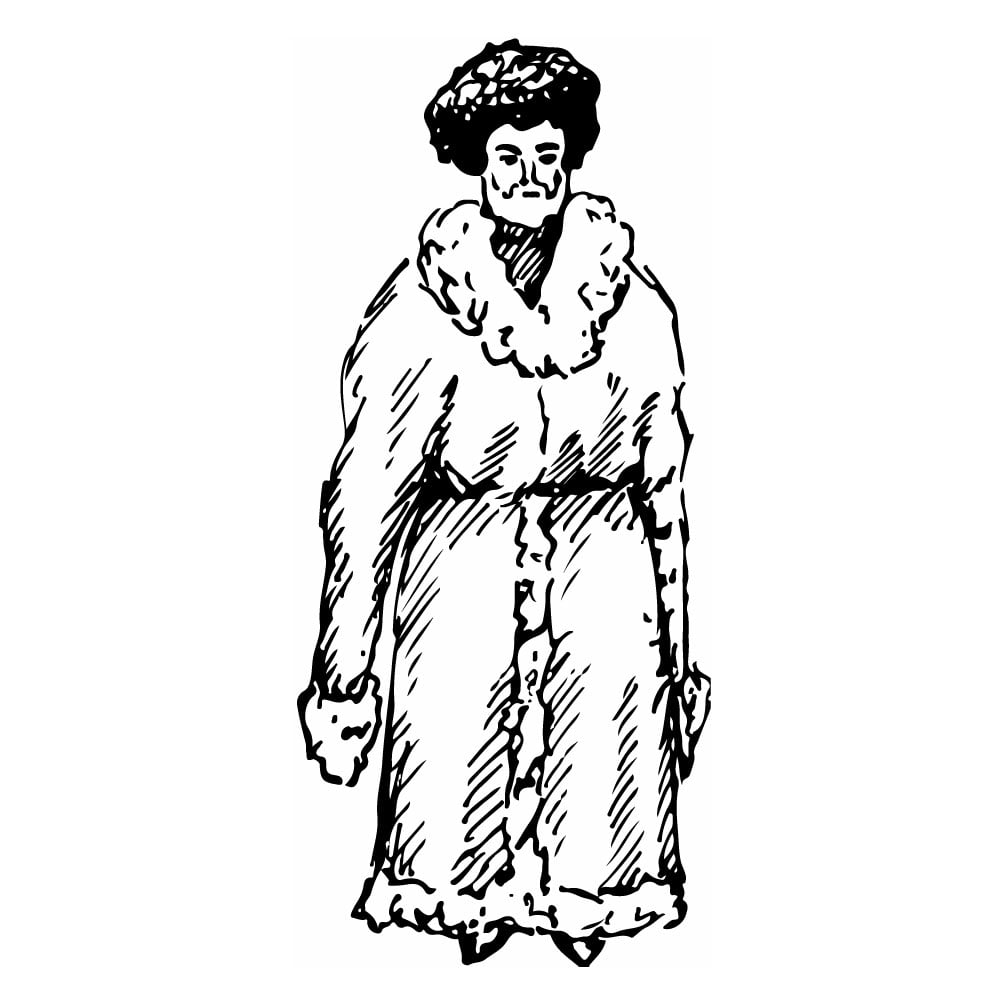Balkars
| Population | 85,000 |
| Language group | Kypchak-Turkic |
| Language | Karachai-Balkar |
| Region | Kabardino-Balkaria; a small number live in Kyrgyzstan and Kazakhstan |
| Center | Nalchik |
| Religion | Islam/Sunnite |
*Population estimates for 1994
The Balkars formed as a result of a mixture of indigence North Caucasian tribes with newcomers of Iranian-Turkic language tribes (Alans, Bulgarians, Khazars, and Kypchaks). The Balkars call themselves “Taulu” which means “mountain dwellers.” By this, it is stressed that they are the native inhabitants of high mountains. After the Mongol invasion in the thirteenth century, the Balkars’ ancestors were driven away to the mountain canyons of the Central Caucasus.
For a long time the Balkars lived on the same territory they are living now. In 1827 the Balkars joined Russia and in 1936 Kabardino-Balkaria was formed. In 1943-1944 the Balkars were deported to the Central Asia and Kazakhstan regions. During 1957, the Balkars’ national autonomy was restored. Nearly all the Balkars returned to the native places where the living conditions were restored.
The folk art of the Balkars is presented by wood carving (vessels, furniture), stone carving, and bone carving. Embroidering with gold threads decorated women’s holiday dresses. By application and embroidering, they put patterns on leather articles. The Balkars also made felt carpets with geometrical patterns and decorated them with engravings; sometimes they decorated articles from metal with jewels. The main occupation of the Balkars was cattle breeding, rarely farming.
The folklore reflects the national subjects. They poise many of lyric old songs. For the Balkars’ folklore the great deal of riddles, sayings, and proverbs is typical. Among the music instruments, svirel (flute) and harmonica are spread. During the folk holidays we can see the Balkars in their national dresses, performing folk dances.
The Balkars believers are Muslims-Sunnites.
This is Ad 1

